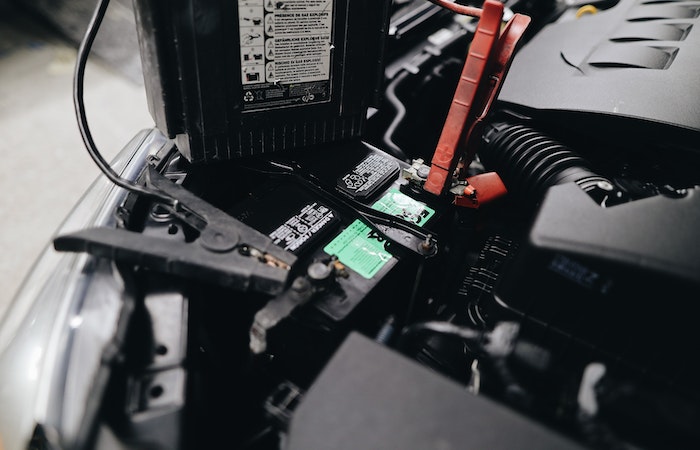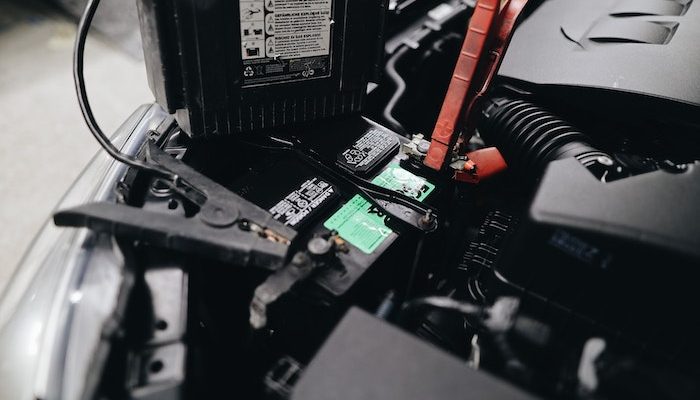
Have you ever experienced the “Battery Saver Active” message on your car’s dashboard? This warning can be alarming, especially if you’re in the middle of a road trip or far away from an auto shop. The good news is that this message doesn’t always mean that your car’s battery is about to die. In this article, we’ll discuss what is battery saver active means, why it appears, and how you can fix it to extend your car battery’s life.
What Does Battery Saver Active Mean?
The “Battery Saver Active” message is a warning that your car’s battery is not receiving enough charge from the alternator. When the alternator fails to charge the battery, the battery saver system kicks in to prevent the battery from draining completely. This system does this by shutting down non-essential systems in the car, such as the radio, air conditioning, and power windows. By doing so, the battery saver system ensures that the battery has enough power to start the engine.
Battery Saver Mode Causes
There are several reasons why the “Battery Saver Active” message may appear on your car’s dashboard. One common reason is a faulty alternator. The alternator is responsible for charging the battery while the engine is running. If the alternator is not functioning correctly, the battery will not receive enough charge, and the battery saver will be activated.
Another reason for the message to appear is a weak battery. Car batteries have a limited lifespan and may start to weaken over time. If your car’s battery is not holding a charge, the battery saver system will kick in to prevent the battery from draining completely.
A third reason for the message to appear is a parasitic drain. A parasitic drain is when an electrical component in the car is drawing power from the battery when the engine is off. This can happen if you leave a light on overnight or if there is a short circuit in the electrical system.
How to Fix the “Battery Saver Active” Message?
The good news is that fixing the “Battery Saver Active” message is relatively simple. Here are some steps you can take to fix the problem and extend your car battery’s life:
Step 1: Check the Alternator
The first step is to check the alternator. You can do this by using a multimeter to measure the voltage output of the alternator. If the voltage output is lower than 13 volts, it’s a sign that the alternator is not functioning correctly, and you should take your car to an auto shop to have it repaired or replaced.
Step 2: Check the Battery
The next step is to check the battery. You can do this by using a voltmeter to measure the voltage of the battery when the engine is off and when the engine is running. If the voltage is below 12.6 volts when the engine is off, it’s a sign that the battery is weak and needs to be replaced. If the voltage is below 13.7 volts when the engine is running, it’s a sign that the alternator is not charging the battery correctly, and you should take your car to an auto shop to have it repaired or replaced.
Step 3: Check for Parasitic Drains
The final step is to check for parasitic drains. You can do this by disconnecting the negative cable from the battery and using a multimeter to measure the amperage draw between the negative cable and the negative battery terminal. If the amperage draw is higher than 50 milliamps, it’s a sign that there is a parasitic drain in the electrical system, and you should take your car to an auto shop to have it diagnosed and repaired.
Once you have identified and fixed the problem, you can reset the battery saver system by turning off the engine and disconnecting the negative cable from the battery for a few minutes. This will clear the system’s memory and allow it to recalibrate.
How to Extend Your Car Battery’s Life?
In addition to fixing the “Battery Saver Active” message, there are several steps you can take to extend your car battery’s life:
Turn off non-essential systems when the engine is off, such as the radio and lights.
Drive your car regularly. If your car sits for an extended period, the battery may drain due to parasitic draws.
Avoid extreme temperatures. High temperatures can cause the battery to evaporate, while low temperatures can reduce its ability to hold a charge.
Check the battery regularly. If you notice any signs of corrosion or leaks, it’s a sign that the battery may be reaching the end of its lifespan and should be replaced.
Conclusion
The “Battery Saver Active” message can be alarming, but it’s not always a sign that your car’s battery is about to die. By understanding why the message appears and taking the necessary steps to fix it, you can extend your car battery’s life and prevent any future issues. Remember to check the alternator, battery, and electrical system for parasitic drains, and take steps to maintain your battery’s health. By doing so, you can ensure that your car is always ready to go when you need it.

